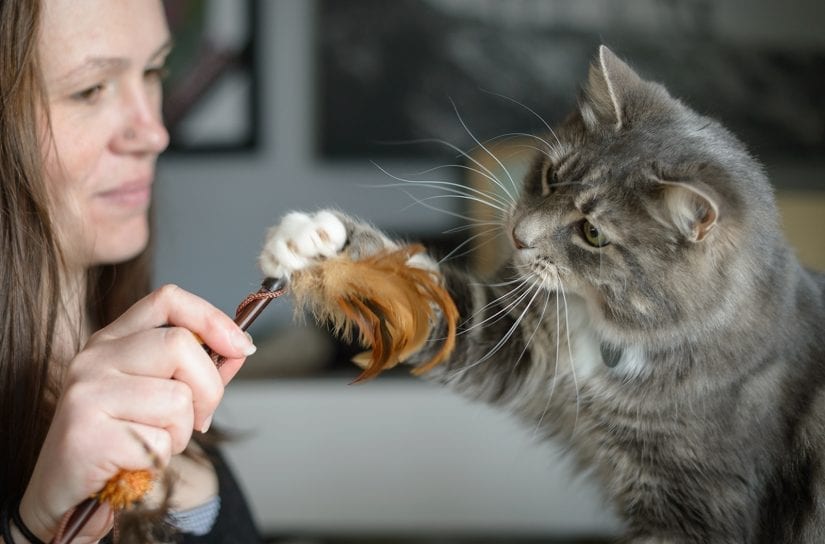Pet care & behaviour
Cats have long been relied on to protect our homes and our pantries from rodents. In fact, for many folks, their role as mousers is a given — it’s just “what cats do.”
Looking at the science, however, the picture that emerges is not quite so clear. There are a number of things to consider when it comes to using cats for rodent control.
Cats may be not be hunting rodents
As kittens, cats learn hunting skills from their mother and, as they grow up, they tend to choose the same prey she did. This means that cats often specialize in certain types of prey, which could include a preference for birds over mice and rats, for example. Moreover, being more skillful in catching one type of prey doesn’t necessarily translate into better hunting skills overall.
At the end of the day, cats display remarkable individuality in how and what they hunt.

Cats may avoid hunting rats
Every time they hunt, cats are taking a risk. After all, a bite from a rodent or a peck from a bird could lead to infection or even permanent injury. Furthermore, the larger the prey, the less likely cats are able to make a kill. Because rats are pretty sizeable, cats can actually be fearful of them and reluctant to prey on them.
Rats may learn to avoid cats
Research suggests that rats and cats may actually be able to share the same space. From a human perspective, it can seem like there are fewer rats around when in fact they’re simply shifting their movements in response to a cat’s presence.
Cats are not very humane predators
Cats are known to ‘play’ with their food. This is thought to be related to their fear of being injured by their prey, and is likely terrifying to the animal being toyed with.
Of course, not all predation attempts end in a kill. Many animals escape with injuries, some of which are severe enough to cause death later on. In a study of one wildlife rehabilitation centre, cats were found to be the second greatest cause of bird mortality and fourth greatest cause of mammal mortality.
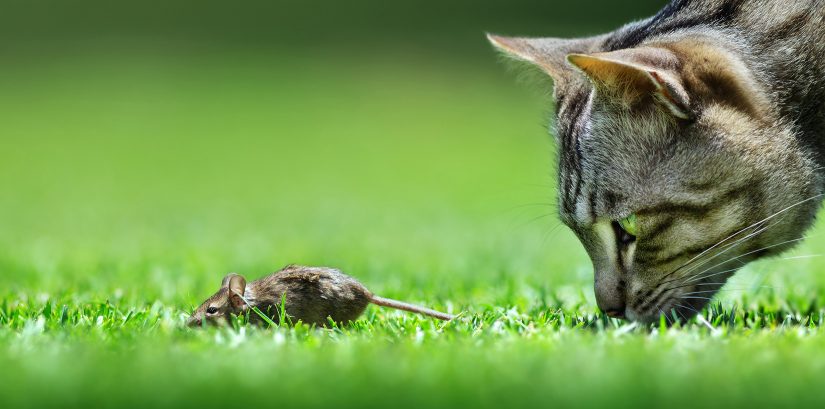
Cats who hunt rodents may be poisoned
Rodenticides, commonly used for rodent control, cause a slow and painful death. Cats can easily suffer the effects of poison from eating poisoned mice or rats.
Secondary poisoning is not the only risk that outdoor cats face. While it’s true that cats are predators, they’re also a prey species. Being outdoors renders them vulnerable to attacks from wild animals such as coyotes. Other risks they face outdoors include vehicles, fights with other cats, diseases and parasites, and frostbite.
Humane rodent control
Ultimately, humans are the ones responsible for drawing mice and rats in by providing easy-to-access sources of shelter and food. Taking steps to rodent-proof our homes means that we won’t need to rely as much on cats or other lethal methods to keep them at bay.
Find out more about humane rodent control.
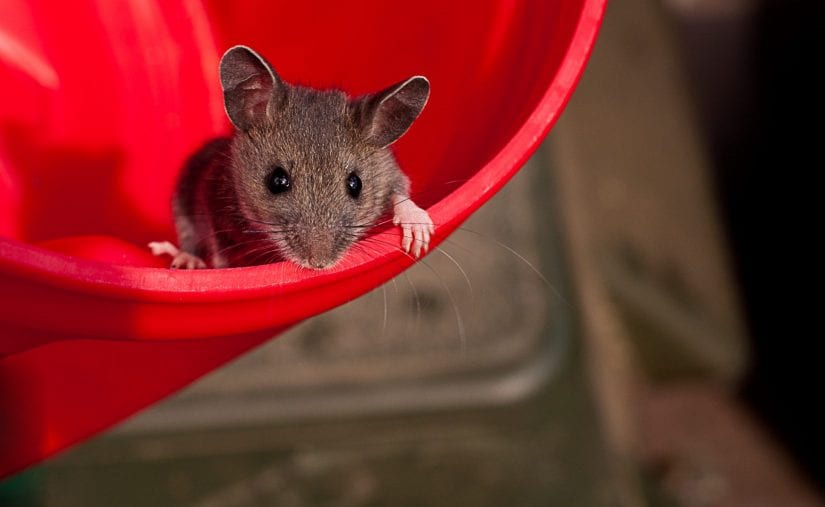
Rats have a pretty bad reputation. Filthy, gross, vermin – you name it, they’ve been called it! For many people, “companion” is definitely not the first word that comes to mind when they think about rats.
When you take a closer look, though, we bet you’ll find that rats are amazing animals.
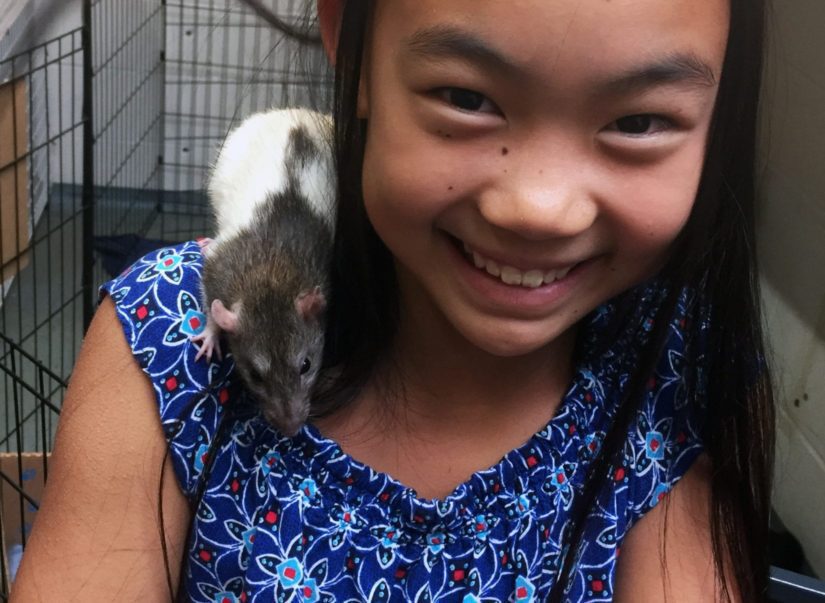
Rats have had a close relationship with people for a long time. Our towns and cities draw them in, providing a constant supply of food and plenty of shelter. So as we moved around the globe, rats followed – and multiplied. In fact, rats outnumber humans on almost every continent in the world!
What began as a relationship of dependence over time became one of companionship. Fascinated by their curiosity, intelligence and resourcefulness, people began to keep tame rats. Eventually, from their wild rat cousins, a range of friendly, domesticated rats emerged – today’s pet rats.
Rats make excellent companions. They are smart and affectionate, not to mention entertaining to watch and hang out with. They each have their own unique personality and are fun to get to know.
So give rats a chance! They might just surprise you.
Rat stats
Origin: Asia
Status: Began to be domesticated nearly 200 years ago
Life Span: Usually 2 to 3 years
Size: Weigh up to about 650 g and measure 23 to 28 cm in length (plus an 18 to 23 cm tail)
Coat: Comes in a few “styles,” from smooth to curly
Colour: Many different colours and patterns, like cinnamon or “Dalmatian”
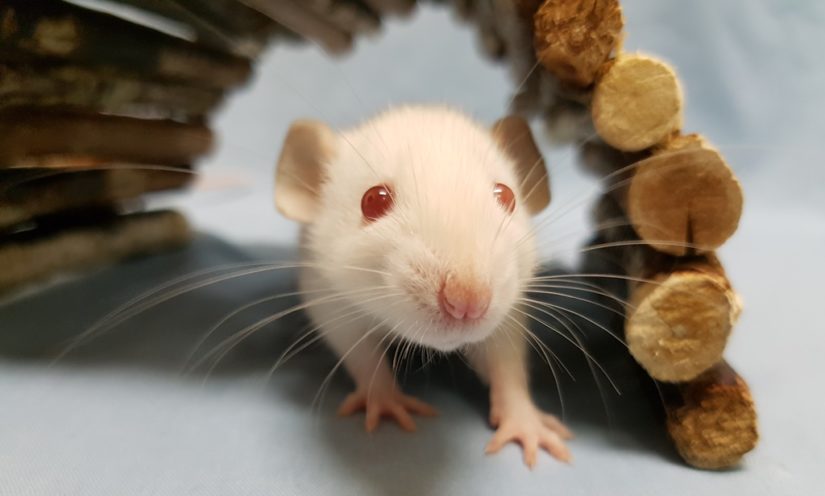
Be a rat-tastic guardian!
Rats require plenty of attention, but they make great companions. Here are just some of the care and welfare needs of rats.
Healthy, happy rodents: Spending time with your rats will show you how they normally look and behave. When you notice something unusual – like breathing problems or loss of appetite – you’ll know to take them to the veterinarian right away.
Please don’t squeeze: Rats love attention, but they must be handled gently and carefully. Always pick up your rat with two hands: one hand under his hind end and the other around his chest. Never pick a rat up by his tail.
Keeping fit: Rats require daily exercise and will happily romp around a room that has been cleared of hazards such as electrical cords, cats or dogs, and poisonous plants. Keep in mind, a rat can squeeze through any opening she can get her head through! So rat-proofing is key. Always supervise playtime.
Rapidly reproducers: Never keep male and female rats together, even for a short period (unless they are neutered or spayed). Rats multiply at an amazing rate. Females can have up to 12 litters in just one year, with anywhere from six to 12 young per litter.

Social life: Rats should not be kept alone! Two or more can live together provided they are the same sex and have a large habitat. For all those hours people are at work or school (or asleep), think how happy your rat will be having a rat friend around! They’ll eat, play and sleep together, and groom each other.
Teeth: To help wear down their ever-growing front teeth, provide your rats with chewing items such as cardboard, wooden toys and apple branches. Make sure the branches come from trees that haven’t been treated with any chemicals.
Litter box: Some rats can be trained to use a litter box, while others may never use one consistently. But it’s worth a try! A plastic cat litter pan works well. You can also use a corner litter pan designed for small animals.
Grooming: Rats are actually great groomers. They spend lots of time each day carefully cleaning themselves – and each other – all over.

Feeding time
Snack time: Rats love treats! Foods such as unsweetened cereals, seeds, plain popcorn, nuts and dried pasta make great snacks. Just don’t feed too many or you’ll end up with overweight, unhealthy rats.
Being omnivores, rats eat both plant and animal foods. Feed your rats a staple diet of rat pellets or blocks. Rat pellets are a complete, balanced diet and should be available to them all the time. Provide a small amount of vegetables and fruits every day, too. Rats crave variety!
Hoarders: Rats often hoard their food, so be sure to look for hidden stashes. Take away any uneaten fresh food the next day so it doesn’t spoil and make them sick.
Drink up: Rats need water available to them all the time. Fill your rats’ sipper bottle or heavy ceramic dish with clean, fresh water every day. Use soap and water to clean them out – once a week for bottles and daily for dishes.
Recipes for rats: Rats are fun to feed because they clearly take such pleasure in eating! Things like cooked rice, plain oatmeal, scrambled egg and cooked pasta are easy to make and bound to be a hit with your rats. (Just be sure to feed these foods in small amounts. They’re not meant to be a replacement for a well-balanced diet.)
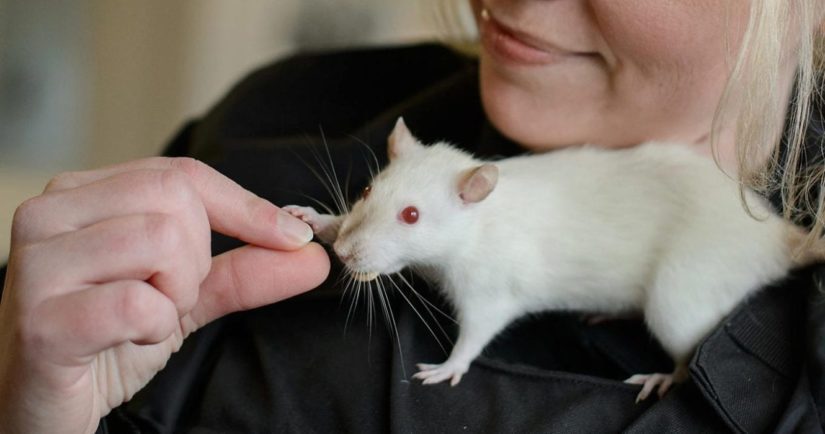
A comfy place to call home
Rat palace: Rats are active animals requiring a large habitat. The more space, the better! Rats like to climb so a tall enclosure with multiple levels is best. A cage measuring three feet long by two feet wide by four feet high (pictured below) works well for a pair or small group of rats. Be sure the bar spacing is no larger than half an inch apart for young rats and an inch apart for adult rats to prevent escape. Habitat bottoms should be solid, not mesh or wire, which can hurt rat feet. Wire shelves should be covered to prevent injuries, too.
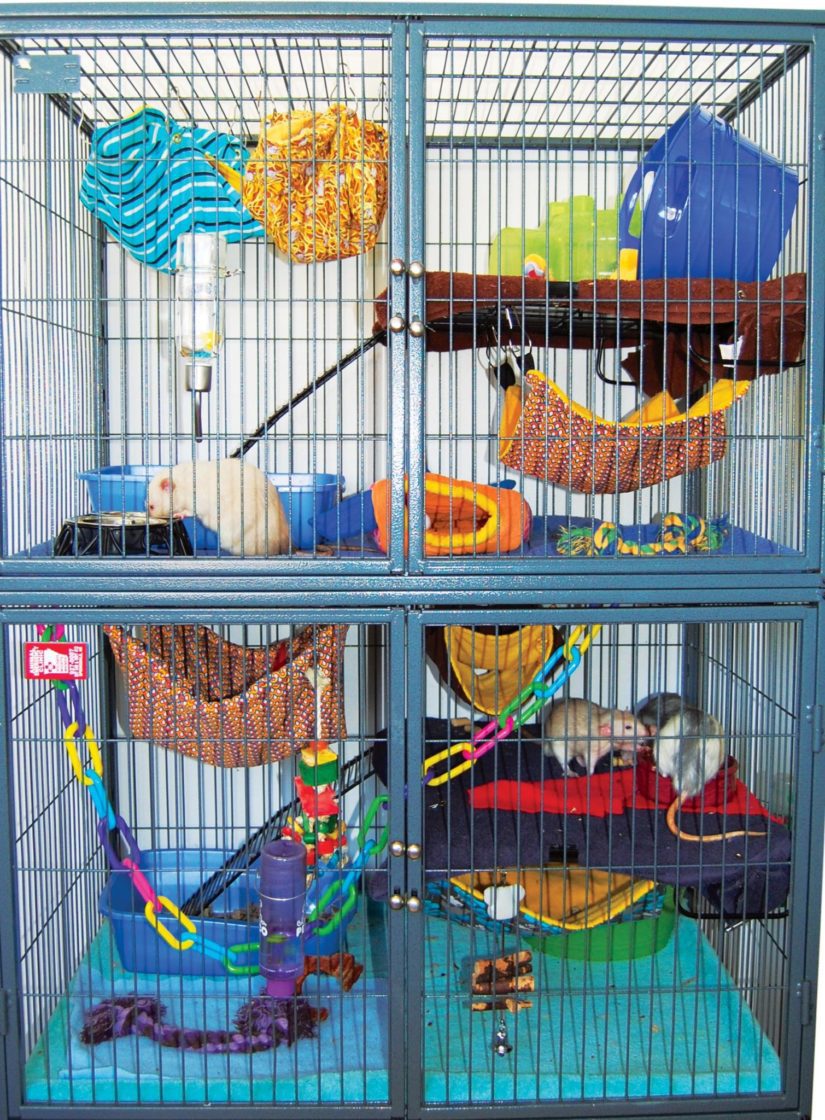
Interior decorating: Adding small houses, ropes, hanging toys, plastic cat toys, hammocks, ladders and tubes provides stimulation and places to hide and sleep. Swap items in and out to keep your rats’ cage interesting. Scatter or hang nesting material – like shredded paper – for your rats to gather.
A clean, comfy home: Bedding made from recycled paper or fleece fabric works well for rats. Do not use cedar, pine or aspen wood shavings because they can cause health problems. Clean the cage several times a week to keep your rats healthy. Ammonia from urine can irritate their lungs and lead to illness. Keep the cage in an area protected from cold drafts and direct sunlight, as well as loud noises and bright lights. Rats like darkness!
Game time!
Rats love to have fun – with each other and with their guardian. Plus, they always seem to have energy to burn! Try challenging your rats with these games:
Bobbing for peas: Fill a shallow dish or bowl with about an inch of water. Pour in some peas. It won’t take long for your rats to figure out how to fish for them!
Obstacle course: Create a jungle gym for your rats. Use PVC pipes, cardboard boxes, wooden ladders, the legs cut off an old pair of jeans – pretty much anything you can think of that your rats will want to explore. Then let ‘em loose and watch your rats climb all over!
Tug-o-war: Rats love to chase things! Wiggle a piece of string or rope in front of them and they’ll try to snatch it from you. Just make sure you let them “win” the tug-fight every once in a while.
Tunnelling for treats: Rats are natural burrowers. Fill a large plastic container with plain potting soil from a garden store. Be sure to place the container on a towel – this is one messy game! Sprinkle and bury some treats around the container. Then sit back and watch your rats have a blast digging for the goodies.
Adopt a rat today!
Visit spca.bc.ca/adopt to view adoptable rats and other small animals.
…Or help support a critter in our care
Rats, mice, hamsters and other rodents, often wait the longest out of all the animals to find that right person to adopt them.
Lots of people think of small pets, like rabbits and rodents, as “starter” pets. But just because they’re small doesn’t mean they need less care! Find out how to set up your cage, what kind of foods to feed, and how to handle and play with small pets safely.
Refer to our care guides:
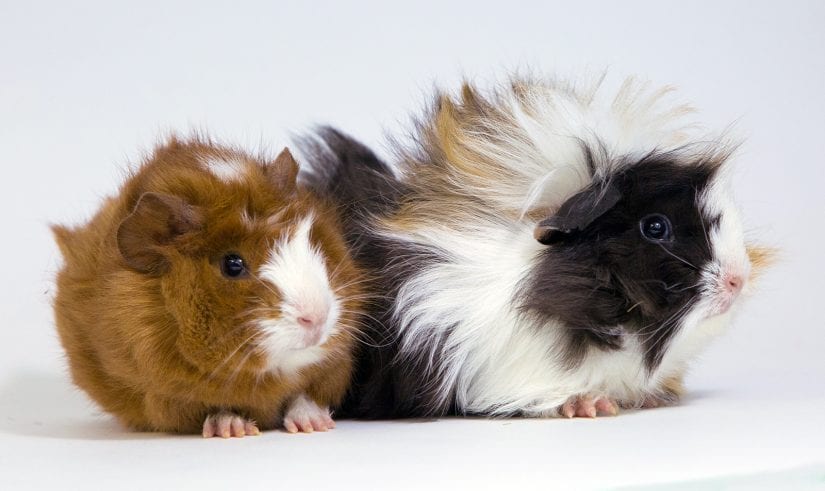
Building a relationship of trust with your small pets is essential. We often like to pick them up and cuddle them, but it’s important to remember that small pets are prey animals. This means they’re hunted by others for food and the only time they’re lifted off the ground is when they’re in the grip of a predator. So it’s normal and natural for them to be scared of being picked up at first.
Respecting them will help you gain their trust so you can handle and pet them.
Learn more small animal handling tips.
For more information on caring for small pets, check out our care guides:
